May 22, 2025 | 13:36 GMT +7
May 22, 2025 | 13:36 GMT +7
Hotline: 0913.378.918
May 22, 2025 | 13:36 GMT +7
Hotline: 0913.378.918

Rice exporters in the Mekong Delta said the Philippines' reduction in import tax is an opportunity for Vietnamese rice to export more to this market. Photo: Buu Dau.
Mr. Pham Thai Binh, chairman of the board of directors of Trung An High-tech Agriculture Joint Stock Company (Can Tho City), said that the Philippines' import tax cut would be an opportunity for Vietnamese rice to keep its price high.
"With the sharp reduction in tariffs, importers will buy a lot of Vietnamese rice. Therefore, rice exporting businesses must use this opportunity to keep Vietnamese rice prices high. Because there is a lot of demand for rice in the world", Mr. Binh said.
The leader of a rice exporting business in Soc Trang said that if the Philippines reduces the rice import tax, rice exporting businesses, and Vietnamese rice farmers will benefit.
"The reduction of import tax on rice from 35% to 15% until 2028 is good news. Because the Philippines has been a large rice importer of Vietnam for many years," this person said.
Mr. Nguyen Muoi Hoa (a good farmer in Vien Binh commune, Tran De district, Soc Trang province), with about 200 fields, said the news that the Philippines will cut import taxes on rice makes rice growers very excited.
"When a leading rice importing country makes this move, it will benefit Vietnamese businesses and rice farmers. Hopefully, businesses will share the benefits with farmers," Mr. Hoa expected.
It is known that from January 1 to May 23, 2024, Vietnamese rice exported to the Philippines reached 1.44 million tons, accounting for 72.9% of the Philippines' total rice imports. In 2023, Vietnam exported more than 3.1 million tons of rice to the Philippine market, with a total value of over USD 1.74 billion.
With close geographical distance and similarities in consumer culture... The Philippines is a market with great potential for Vietnamese export products. This market has a large population; in 2023, it reached about 113 million people, ranking 13th in the world, 7th in Asia, and second in ASEAN. The Philippines' annual GDP reaches about USD 400 billion, with an average GDP per capita of over USD 3,500.
Translated by Huong Giang
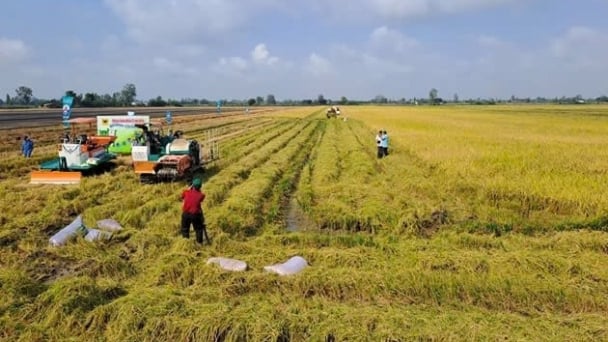
(VAN) To operate carbon market, one of the key issues is determining which types of 'commodities' meet the standards to be traded on the market.
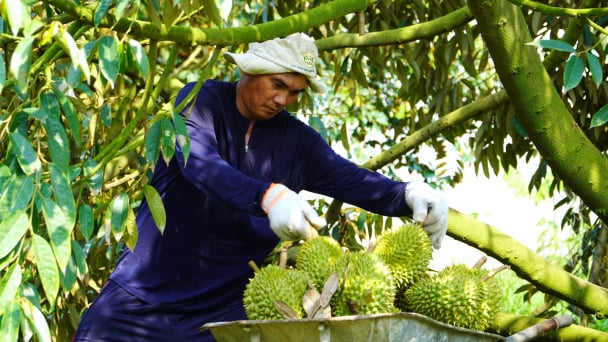
(VAN) Durian-producing localities need to coordinate more effectively with central authorities to improve the traceability, monitoring, and response systems in case of violations.
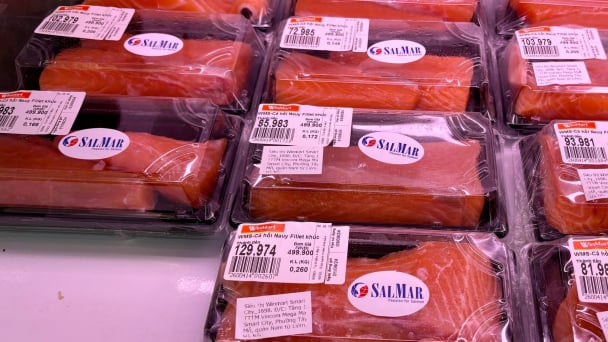
By minimizing waste, embracing modern technology, and expanding into niche markets, SalMar - the second largest producer of Atlantic salmon in the world has built a successful strategy to conquer the global market.

(VAN) One of the key factors for businesses to effectively take advantage of tariff preferences under these FTAs is the rules of origin.

(VAN) Oliyar, a prominent Ukrainian oil and fat manufacturer, has revealed plans to build a farm for 2.3 million laying hens in the Lviv region. The additional production quantities promise to change the competitive landscape of the egg market of the Eastern Europe region.
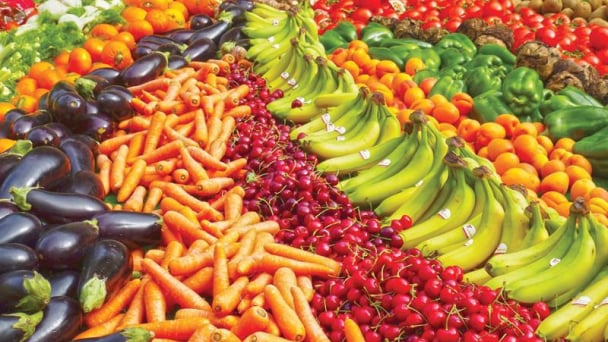
(VAN) On May 15, Ministry of Agriculture and Environment of Vietnam hosted the 'Connecting Vietnam - Germany agricultural, forestry and fishery trade' seminar in Berlin, Germany.
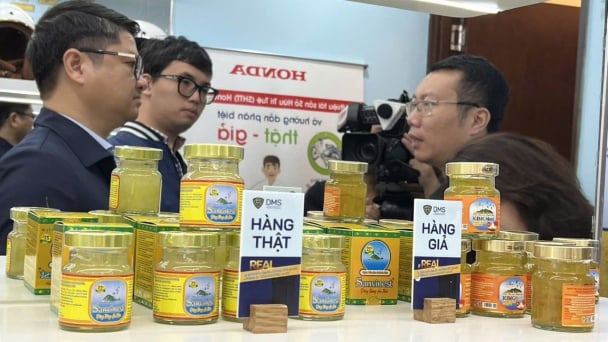
(VAN) In the face of counterfeit and imitation products, Khanh Hoa Salanganes Nest Company hopes for the prompt completion of the legal framework, strict enforcement against violations, and protection of the bird’s nest brand.